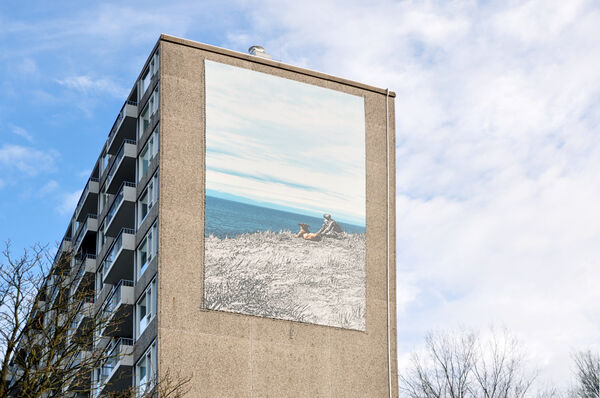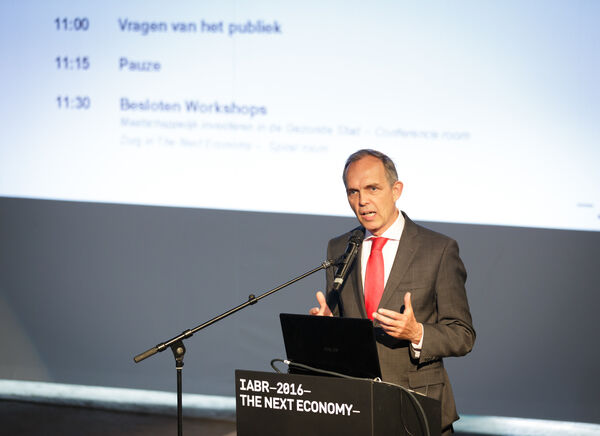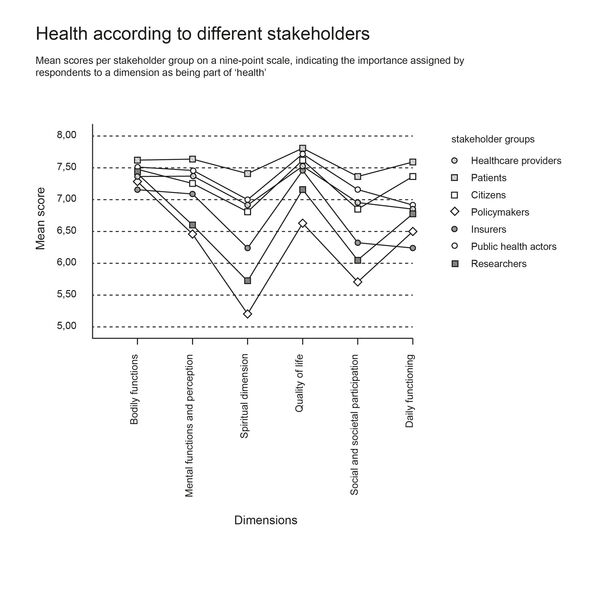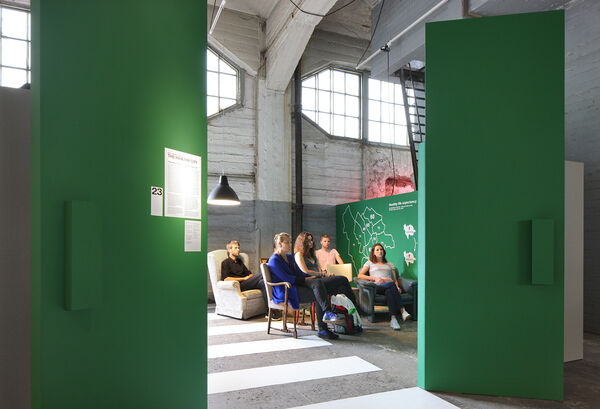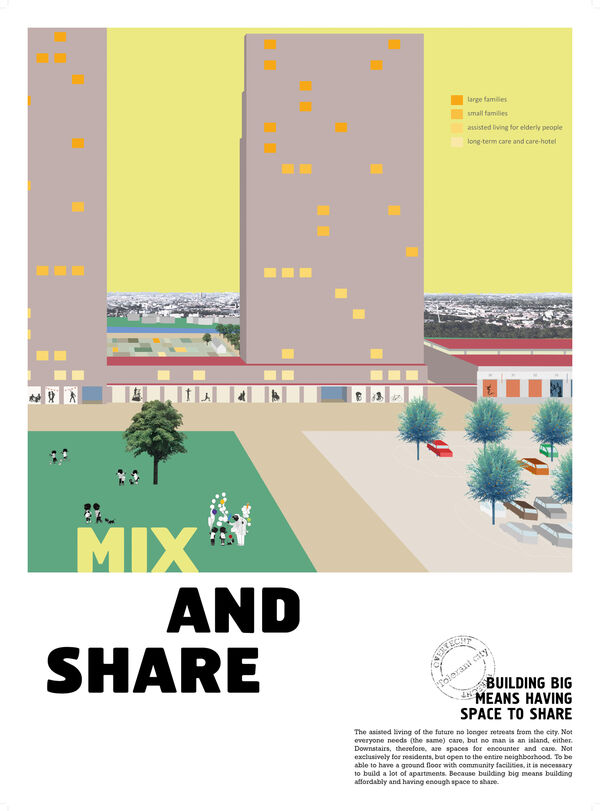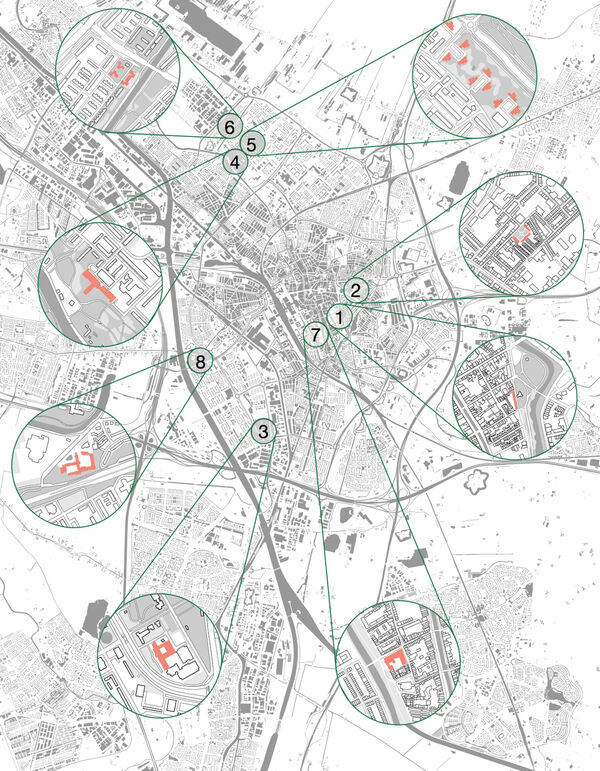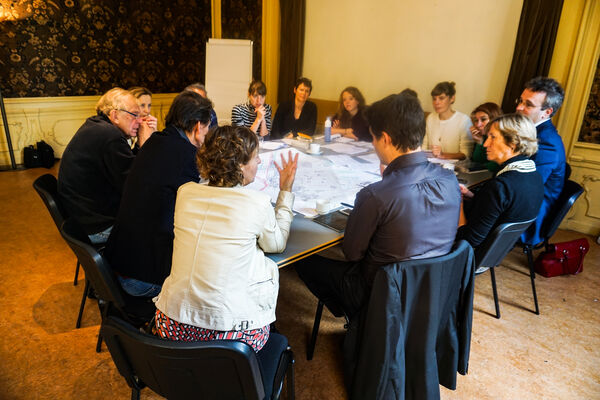The population of Utrecht is one of the healthiest in the Netherlands. Even though the contrasts within the city are substantial. The municipality is doing its best to tackle the persistent differences in health and life expectancy, but the sphere of influence within which it has to operate is in the throes of a transition. A decentralisation process of the care challenge is under way from the State to municipalities. The health economy is consolidating and increasingly falling to a number of large parties that hardly add any value at the local level. Moreover, this is what Utrecht expects. By 2030, the city will grow from 330,000 to 400,000 inhabitants within its current city boundaries, resulting in a radical densification of the existing urban area.
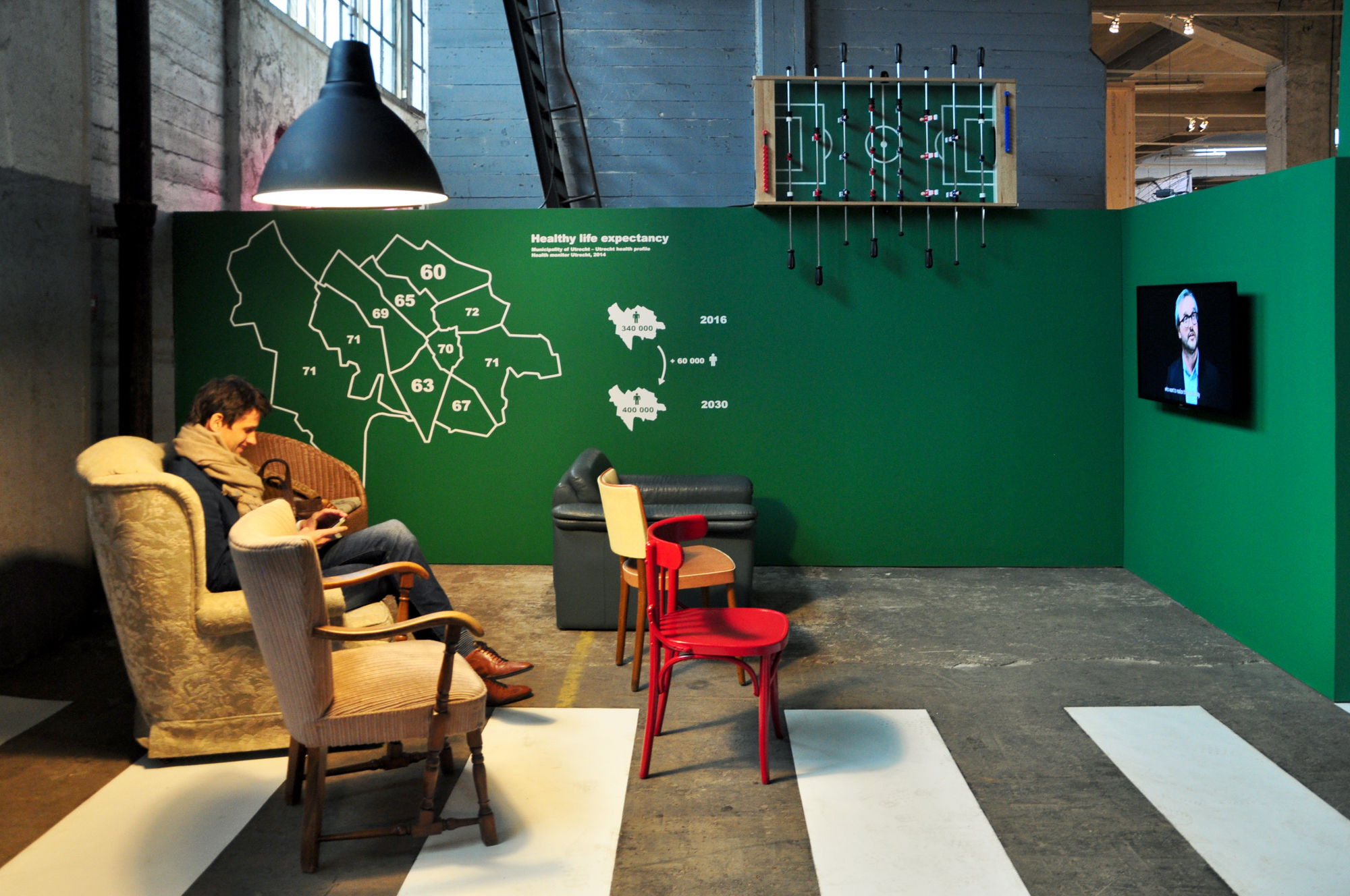
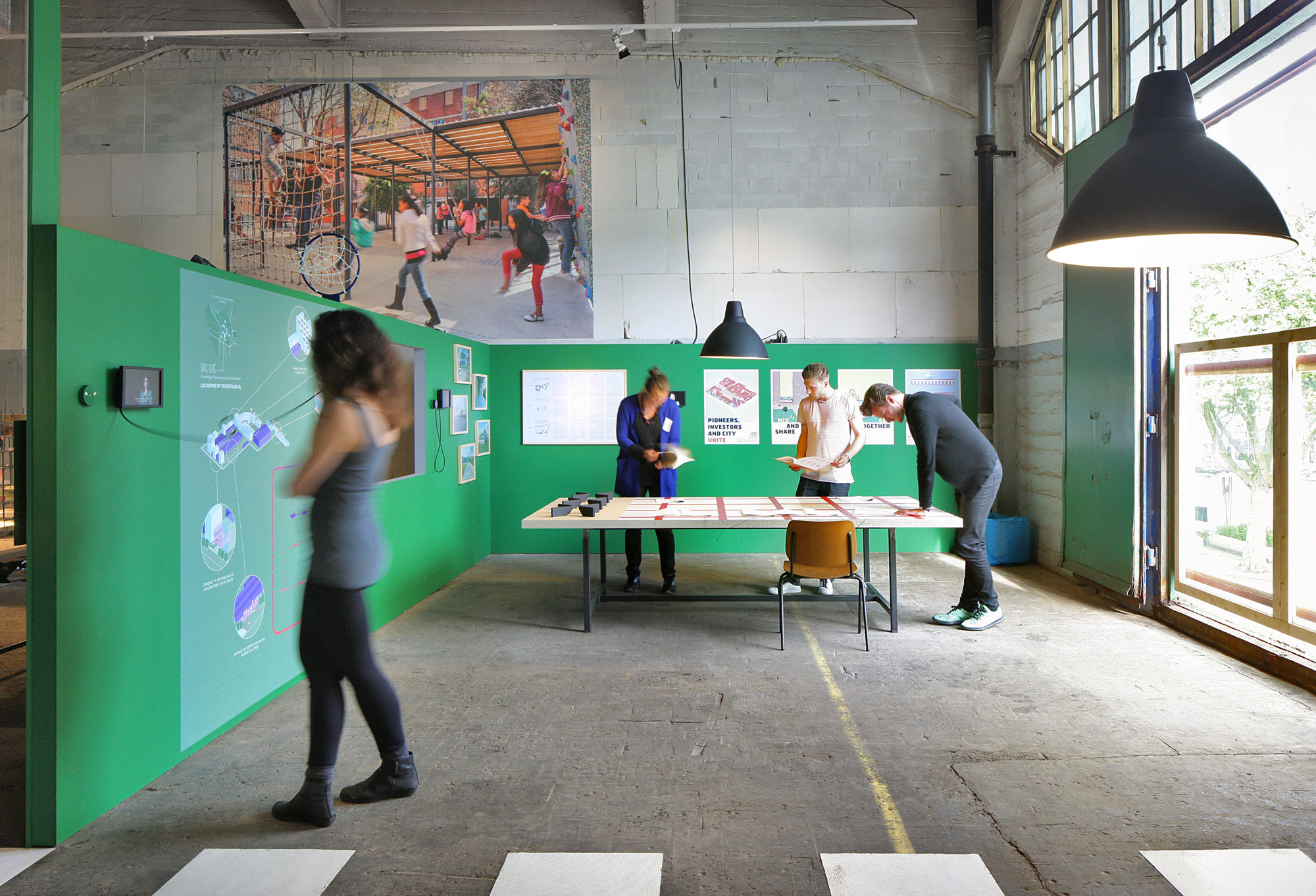
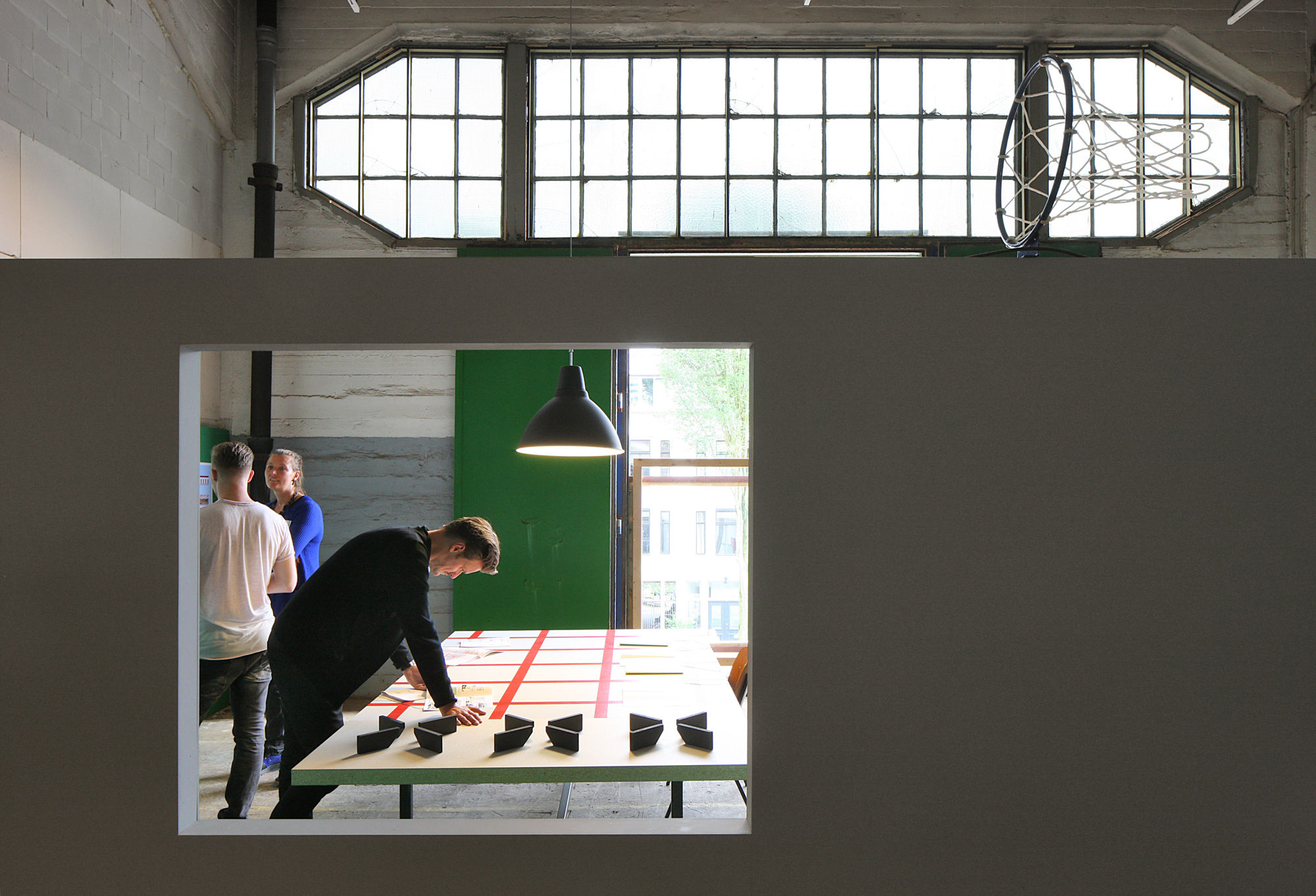
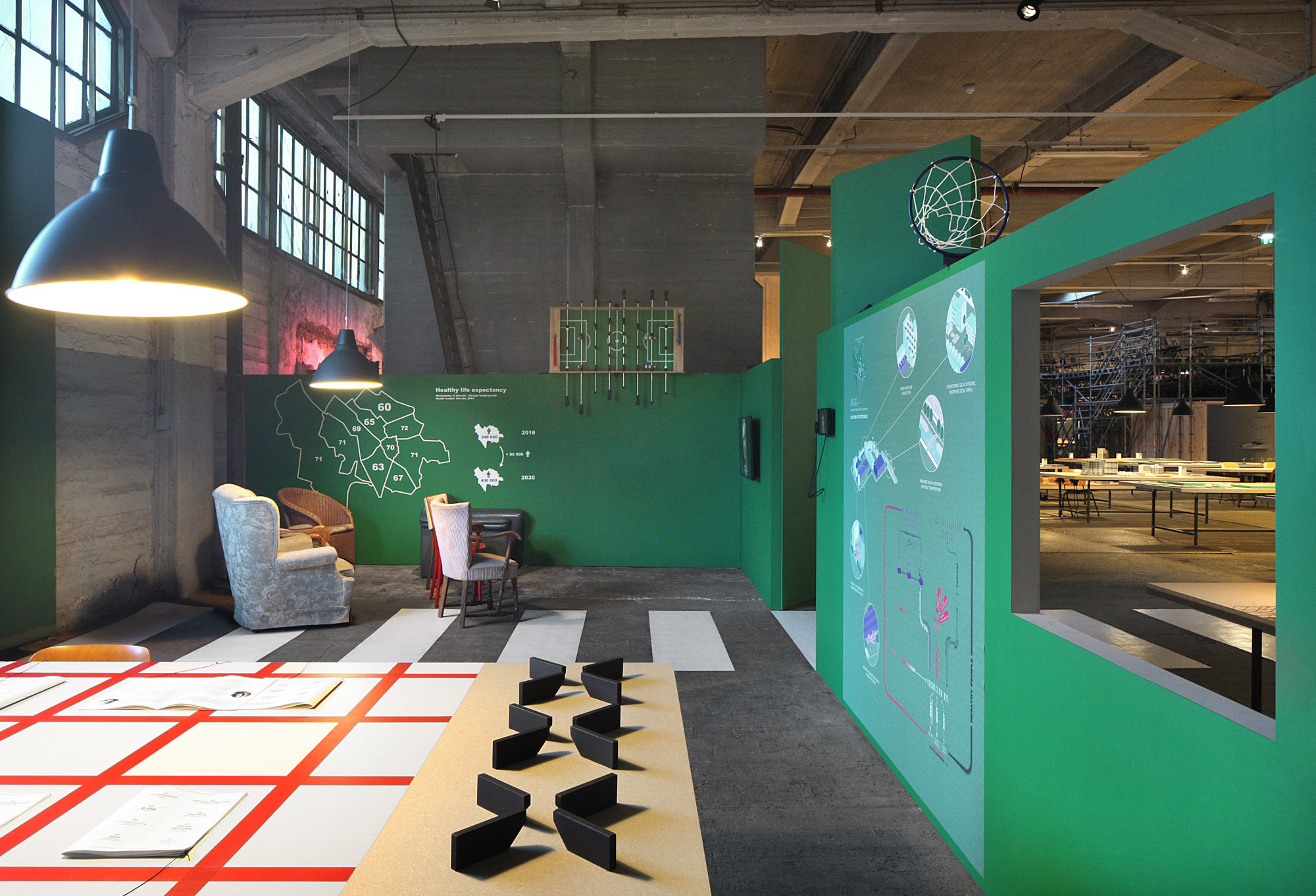
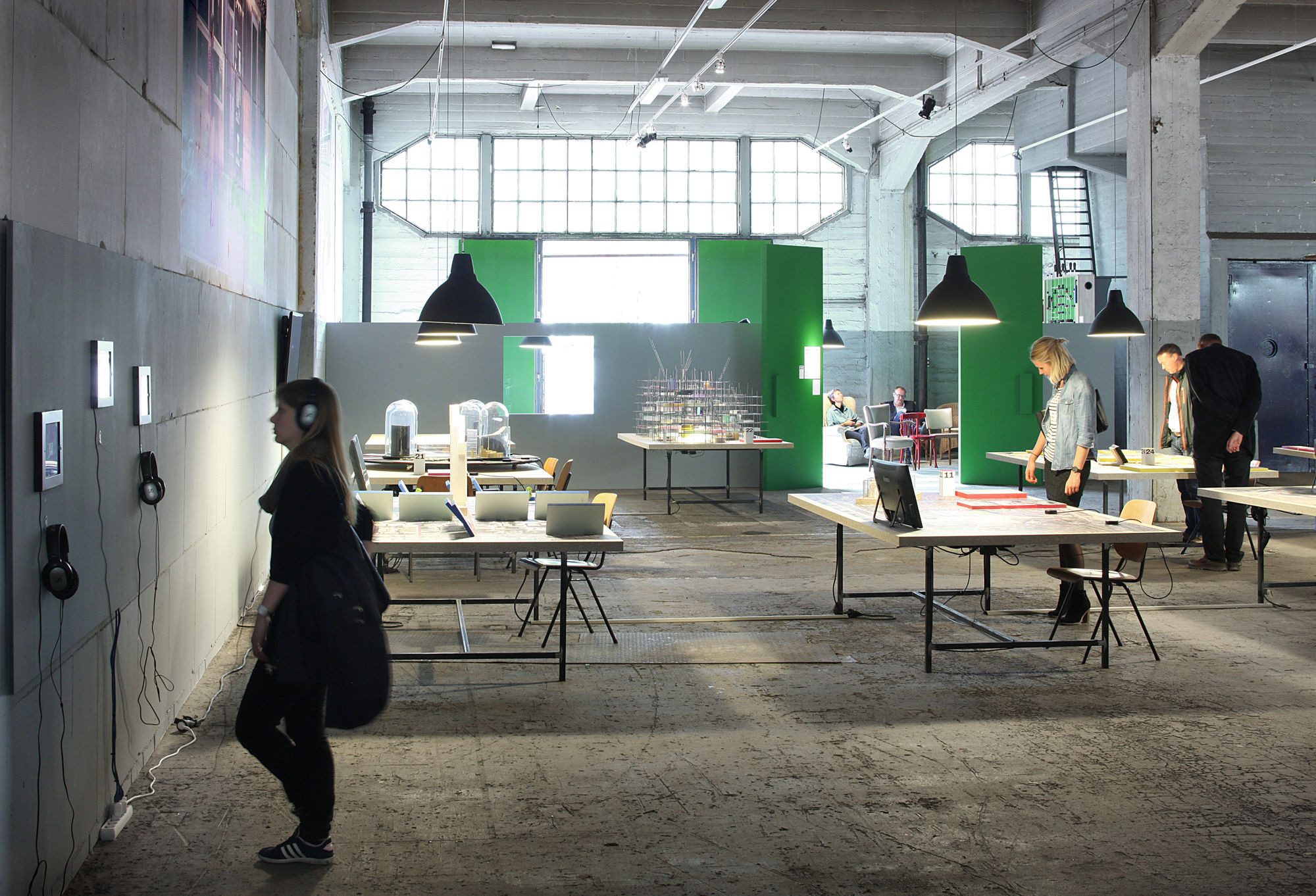
To examine how health and urban development could be linked, the IABR set up the IABR Atelier Utrecht: The Healthy City in association with the Municipality of Utrecht. The IABR and the City of Utrecht appointed Architecture Workroom Brussels as the Atelier Master. The Atelier explored which innovative spatial development strategies could contribute to an inclusive, healthy city in which solidarity among the different generations, cultures and income groups is key. The design teams MUST and De Smet Vermeulen architects performed research by design.
Not only the spatial and programmatic transformations in the city in relation to health and well-being are explored, but also the changes in healthcare funding. To illustrate the results of this study and examine where opportunities exist for a healthier Utrecht, they zoomed in on a number of strategic pilot locations in two districts: Overvecht, the district with the weakest health figures, and Merwedekanaalzone, a transition area between a well performing and poorly performing part of the city.
The objective of the Project atelier was to apply research by design to develop alternative approaches, insights and visions for specific urban planning challenges, through exchanges with diverse groups (authorities, market parties, social organisations and citizens). The results are bundled in the publication From Cure to Care – Transitions in The Healthy City of Utrecht.
The publication contains a series of promising scenarios in which densification is used as a driver for The Healthy City. In regional and district development actors are involved with highly diverse investment options and ambitions. The publication identifies spatial opportunities, but also points out that the municipal authorities could assume a new role, as a choreographer of cooperative urban development. The publication is divided into the following chapters: Health (from cure to care), Lab (Utrecht The Healthy City), Typologies (atlas of collective care home), Money (towards a solidary health economy), Vital coalitions (healthy densification in Merwede), Space (building on the healthy city in Overvecht), Public investment (breaking into real estate logic) and Agenda (the city as a choreographer).
Animations: Studio Moan together with Lotte Z., KoxRamak and Marian Venemans
Produced by iabr/UP
© IABR, 2016 IABR–Atelier Utrecht is a collaboration of the IABR and the Municipality of Utrecht. The atelier master is Joachim Declerck (Architecture Workroom Brussels). The design research has been executed by the Belgian offices Architecture Workroom Brussels and De Smet Vermeulen Architects, and MUST Urbanism from Holland.
